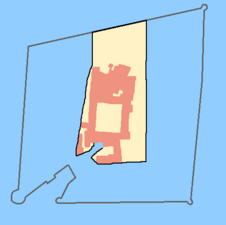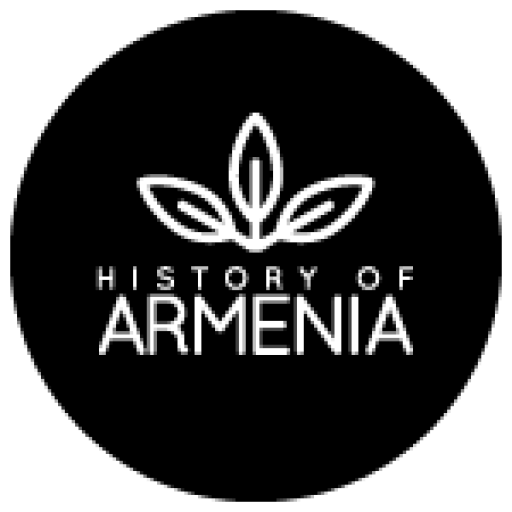San Lazzaro degli Armeni is an Armenian monastery in Venice, Italy named after St. Lazarus, the patron saint of lepers. The island functioned as a leper colony from the 12th to 16th centuries, until it was abandoned.

Mechitar, the Armenian monk who fled his Turkish persecutors arrived in Venice in 1715 and the Venetian government, in the year 1717 obligingly gave San Lazzaro to Mechitar, who founded an Armenian order on the island.

The Mechitarian Order
Mechitar and his 17 monks built a monastery, restored the crumbling lepers’ church, and quadrupled the tiny island’s area (originally 7000 square meters, or about 1-3/4 acres). Today, the monastery lies amid gardens with flowers, cypress trees, and peacocks.
 |
 |
 |
 |
| The island when Armenian monks arrived, 1717 | The construction of the monastic complex by Mkhitar (1740) and the printing house (1789). | The enlargement on the northern side of the island (1818) and the wing of the new printing house (1823–25). | Enlargement of the southern side of the island (1947–49) |
Its residents include 10 monks, 10 seminarians, and 15 Armenian students who study Italian language and culture (presumably with a side dish of Armenian culture and history). In 1789 the monks set up a polyglot printing press here and translated many scientific and literary works into Armenian. Those works are still housed in the 150,000-strong collection alongside curios from Ancient Egypt, Sumeria and India.
An Egyptian mummy and a 15th-century Indian throne are the rather quirky main features of the room dedicated to the memory of Lord Byron, who spent six months here in 1816 helping the monks to prepare an English-Armenian dictionary. True to his eccentric nature, he could often be seen swimming from the island to the Grand Canal. The Monastero di San Lazzaro degli Armeni has an extraordinary collection of treasures, including:
- A 150,000-volume library.
- More than 4,000 Armenian manuscripts, some nearly 1,300 years old.
- A Koran created after the death of Mohammed.
- An Indian papyrus from the 13th Century.
- An Egyptian sarcophagus and mummy from the 15th Century B.C.
- Thrones, tables, statues, paintings, tapestries, gold, silver, jewels, and other items that the monks either bought or received as gifts over the centuries.
The most valuable books, manuscripts, and other treasures are on public display. The monks take great pride in their monastery’s material possessions.
References:
- History Of The Congregation. Die Wiener Mechitaristen Kongregation.
- San Lazzaro degli Armeni. Durant Imboden. Venice for Visitors.
- “The Island of San Lazzaro”. mechitar.com. Armenian Mekhitarist Congregation. Archived from the original on 21 January 2015.
- Luther, Helmut (12 June 2011). Venedigs Klosterinsel (Venice’s monastic island).
- Gordan, Lucy (February 2012). “The Venetian Island of St. Lazarus: Where Armenian Culture Survived the Diaspora”.
- Saryan, Levon A. (July–August 2011). “A Visit to San Lazzaro: An Armenian Island in the Heart of Europe”. Armenian Weekly. Part I Part II, Part III.
- Cole, Teresa Levonian (31 July 2015). “San Lazzaro degli Armeni: A slice of Armenia in Venice”.
- Morris, James (1960). The World of Venice. New York: Pantheon Books.

